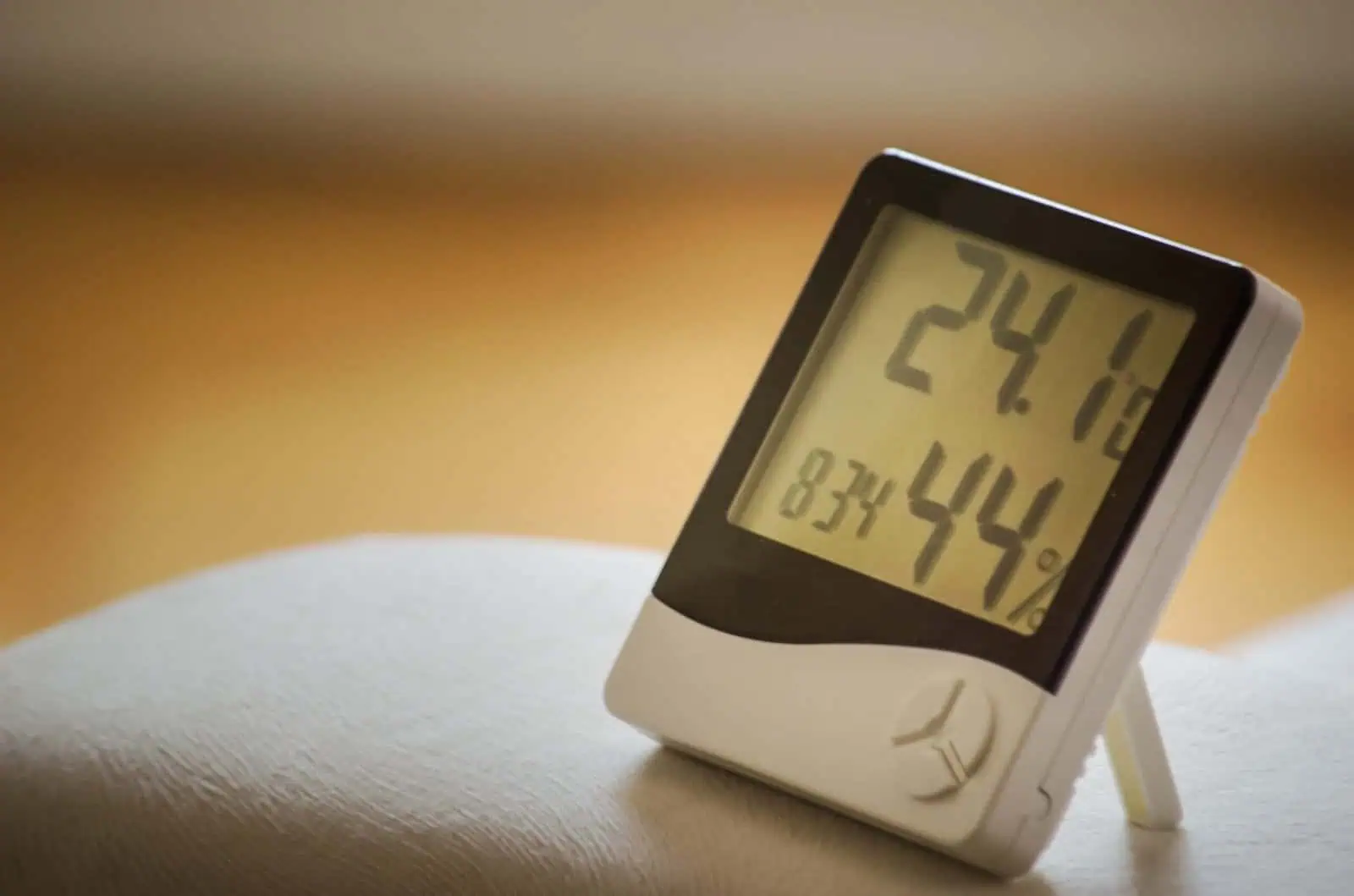If you work in an office, then you’ve probably wondered where you should set the thermostat to help you stay sharp and productive. After all, your productivity levels have a pretty direct effect on your income-earning capacity. Would you be more productive if you were warmer in the winter? Maybe air conditioning would help you keep going through the afternoons in the summer?
Gender differences
Studies have shown that the optimum temperature for office productivity varies quite widely between men and women. The most productive office temperature for women is 24C (75F), while for men the best working temperature is much lower, at 21C (70F). The distribution of fat and muscle on our bodies clearly makes a massive difference.
Workplace Temperature Studies
Studies of workplace productivity and temperature have been conducted at Cornell University in the U.S., and at the Helsinki University of Technology, in Finland.
Although Cornell is located in New York State, the study took place in Orlando, Florida, which has a very warm climate. The Helsinki study was conducted in Finland which, of course, has a pretty cold climate. And yes… both studies found that temperature affects productivity.
The Cornell study found that temperature had a pretty dramatic effect on productivity. People who were on keyboards typing 100% of the time had a 10% error rate at 25 degrees Celsius. When the temperature was lowered to 20 degrees, so did the time they spent typing – to 54%, while their error rate increased to 25%. That amounted to a 150% decrease in productivity. Given the results of gender studies, those results are in line with most of the typists being female!
The Finnish study also found that temperature affects productivity. However, they must breed them tougher up in Finland. There, the optimal temperature for productive working was between 21 and 22 degrees Celsius. Or maybe that survey was mostly men.
Neither research team seems to have really hiked the temperature to see if people are more productive working in their underwear.
Factors to Consider
Obviously, temperature matters. However, the difference in the optimal temperatures in the Cornell and Helsinki studies indicates that the best temperature isn’t the same in every workplace. No doubt, it’s also slightly different for each employee.
Employees will be most comfortable in an environment with a moderate temperature: not too hot and not too cold. People in warmer climates will be most productive at slightly warmer temperatures.
Like the local climate, the season will affect what feels moderate and comfortable. Do not keep the office at the same temperature all year. The indoor temperature should moderate with the seasons, not erase the seasons. After all, employees will dress differently depending on the outdoor temperature and the indoor temperature should take account of that.
Adjusting the temperature to reflect the seasons and how warmly employees have dressed means that the office will be a bit cooler in the winter and a bit warmer in the summer. The fact that this saves energy is a bonus.
However, there will always be people who feel most comfortable at a different temperature, and the temperature need not be consistent at every workstation.
Flexibility is needed
With an optimal temperature for employee productivity that falls over such a wide range, and with heating and cooling systems that may not create a perfectly consistent environment throughout the workplace, maximising productivity will require some flexibility when it comes to heating and cooling, especially in larger working environments.
Photo by Kaffeebart on Unsplash

